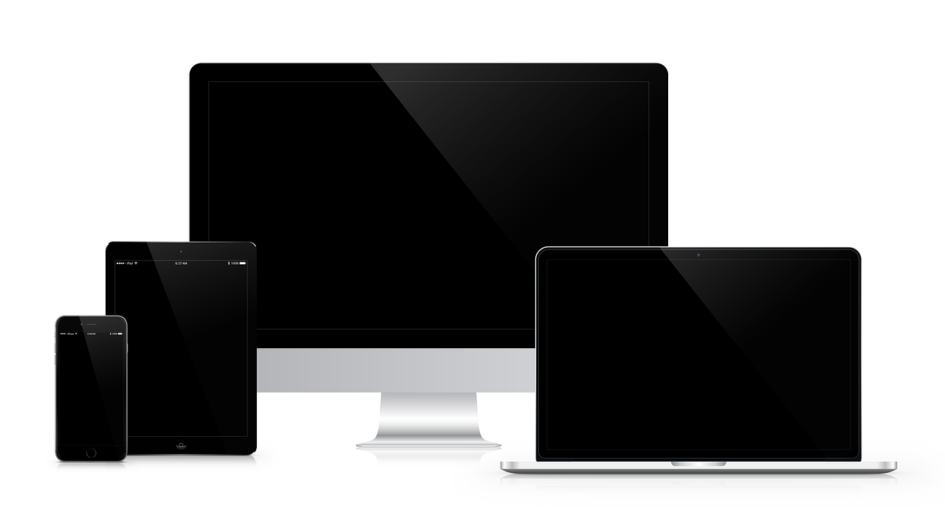I do not believe Apple will produce a touchscreen MacBook. Not only does it make little sense for their current direction, but I believe the PC world has demonstrated why touchscreens on laptops do not necessarily provide the best user experience. Here are my top reasons why Apple won’t produce a touchscreen MacBook.
iPad Marketing
A touchscreen or 2-in-1 MacBook would be contrary to Apple’s marketing of the iPad as a laptop replacement. While the current iPad lineup would never work for me as a laptop replacement, I know a number of people who do use it as their main computing device. Either way, it is a significant marketing factor for Apple.
But it’s more than just the iPad. Apple sells a premium brand and caters to the upscale image. It’s more important to sell a range of single-purpose devices that all work together than to sell a cheaper, multi-purpose device.
The 2-in-1 Experience Is Lacking
The touch experience on a laptop, while intuitive to some people, is a much less efficient input method than a trackpad — especially in laptop mode. It’s certainly not universally preferred, as many people (including me) actively seek out laptops that do not have touchscreens. But I also understand some people’s desire for a touchscreen. And I believe it is — at least in part — the result of a general input failure on PC laptops.
The PC Laptop’s Input Void
I believe the biggest factor in bringing touchscreens to PC laptops is the fact that no PC trackpad has come anywhere close to matching the functionality and excellent user experience of an Apple trackpad (although I’ve heard whispers of a haptic trackpad on the horizon for PCs). The poor trackpad experience in the PC world opened the door for anything that might be better. The touchscreen filled that void and paved the way for the very successful 2-in-1 laptop.
From this perspective, Apple has nothing to gain by adding touchscreens to their MacBooks. The trackpads on Apple laptops are so good that a touchscreen would actually be a step backwards in user experience.
Sales Numbers Don’t Necessarily Mean What We Think They Do
I don’t believe the marketing success of 2-in-1 devices is solely the result of an excellent user experience. I think a lot of people buy a 2-in-1 or touchscreen for reasons other than preferring that form factor. The numbers can be deceptive for several reasons:
- Many people can’t afford multiple devices and/or are willing to settle. Maybe it’s not a great device, but it’s cheaper than buying multiple devices.
- Because of its popularity, the form factor can be difficult to avoid. Customers seeking a good laptop are likely to be equally happy with a traditional laptop or a 2-in-1. So selling one of these devices doesn’t necessarily mean anything about user intention. (e.g. I bought a laptop with a touchscreen because it was a great sale. I never use the touch functionality)
- Computer illiterate and tech-phobic people still need computers. They have no idea which processors are which, let alone how much RAM they need or why screen resolution matters. So the salesperson at the big box store points them toward their most popular items which are 2-in-1.
Apple Hates Compromise
The fold-over 2-in-1 form factor makes for nice laptops that convert to really clunky tablets. Holding it in tablet mode involves holding down keys on the keyboard, which just feels wrong.
The detachable 2-in-1 form factor, while it makes for a better tablet, degrades the laptop experience (especially the “lap” part).
The end result is devices that don’t provide great examples of both form factors. All 2-in-1 devices represent compromise, and Apple hates compromise.
Properly Refined User Experience
Rather than combining form factors, Apple’s solution is to keep things in sync using a service called Handoff, which allows you to start something on one device and continue it on another. Your work syncs seemlessly from your phone to your tablet to your laptop or desktop. This can be documents, phone calls, chats, etc.
Each form factor has its own refined user experience. At no point is the user forced to compromise on any device. And their content follows them from one device to the next.
It Comes Down to Experience
In the PC world, “multi-purpose” means a single device that can operate as multiple form factors, allowing the user to do everything on one device. It may not provide the best experience for each form factor it encompasses, but it’s all in one place. Of course, this excludes watches and phones because Windows has to rely on third parties for such things.
In Apple’s world, “multi-purpose” means multiple single-purpose devices that all “handoff” the same data and services between them. Each device has a user experience tailored for that specific form factor. The user’s data follows them from one device to the next and they all work together to provide a cohesive experience.
This is why touchscreen and 2-in-1 laptops work in the PC world, but not for Apple.


Leave a Reply